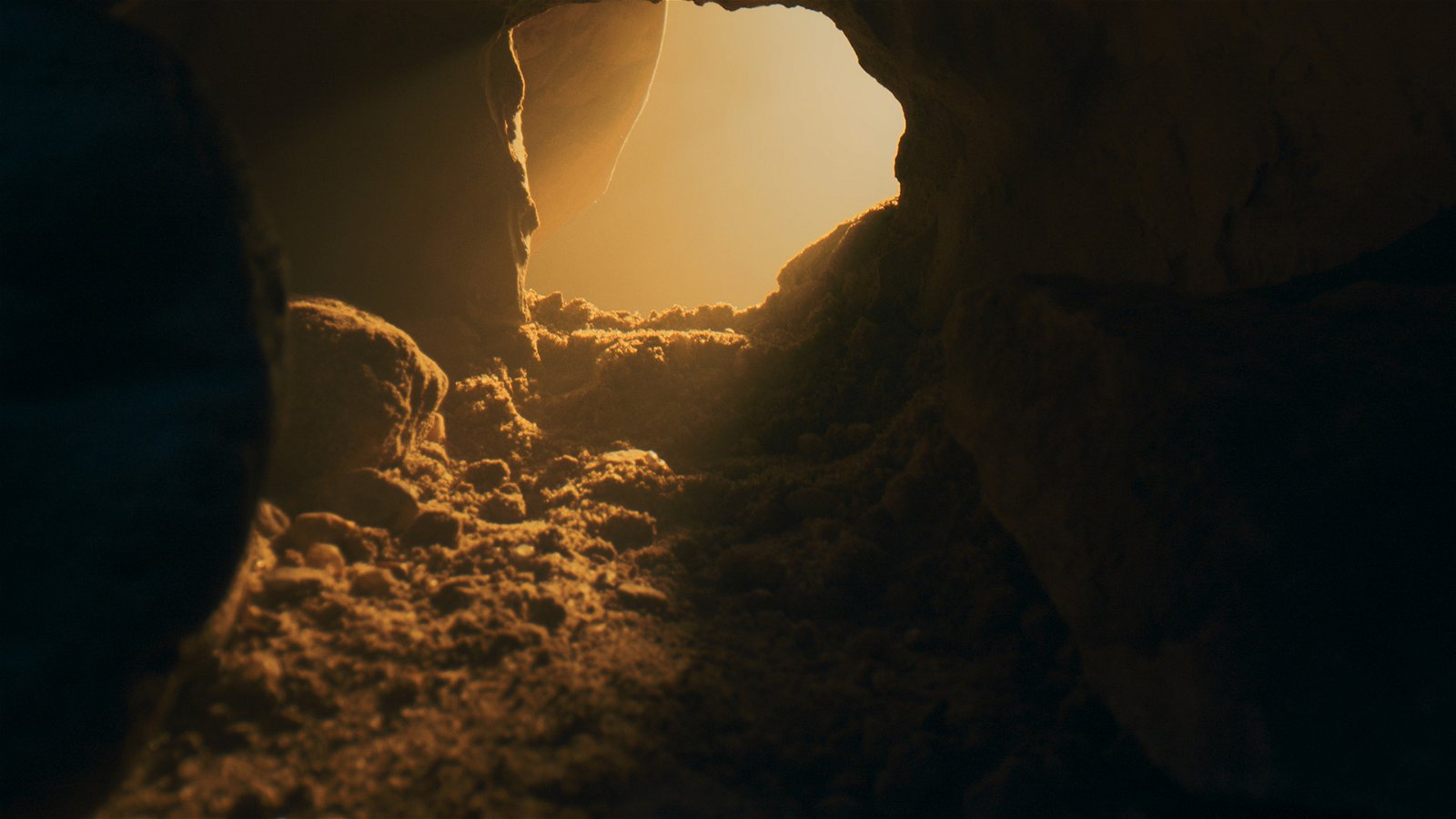
In a beautiful messianic prophecy, the prophet Isaiah stated that the Messiah would die in the company of the wicked but be attended by the rich in His death. And that is precisely what took place following the death of Jesus. Joseph of Arimathea, a rich man and member of the Sanhedrin, requested permission to bury Jesus. Pilate then confirmed with the centurion in charge of the crucifixion that Jesus was already dead before releasing the body to Joseph.
Because the Jewish Sabbath was to begin at sunset, some haste was needed to remove the body of Jesus from the Cross and begin preparations for His burial. Joseph and Nicodemus, assisted by some of the women, prepared the body according to traditional Jewish burial customs. The body was washed, then wrapped in a linen cloth. Next, bands or strips of linen were wrapped around the body. At least 75 pounds of heavily scented spices were carefully inserted into the folds of the linen. These would include aloe, a powdered wood with an aromatic fragrance, and myrrh, a fragrant gum that would be mixed with the powder. In addition, the upper part of the head was covered by a cloth that would have been twirled about it like a turban, separate from the wrappings of the body. These details alone disprove some of the more outrageous theories that would later circulate to explain why the tomb of Jesus was empty.
The body of Jesus was then placed, face up and without a coffin, in the tomb of Joseph of Arimathea. Mary Magdalene and some other women watched carefully to see where the body of Jesus was laid so they could return later to anoint it with additional spices. Once the body was in place, a team of men rolled an enormous stone over the entrance to the tomb. The next day, at the insistence of the Pharisees who wanted to ensure no one came to steal the body, an official Roman seal was placed on the grave, and a contingent of soldiers and temple guards were positioned at the entrance.
The disciples and other followers of Jesus were in mourning, confused by recent events, hiding in fear, and with their faith shattered. Early on Sunday morning, the first time they would have had an opportunity to visit the tomb, several women brought spices they had prepared to the grave where they knew the body of Jesus had been placed. Much to their surprise and consternation, the stone covering the entrance to the tomb had been removed and the tomb empty. At this point they lacked understanding, but the role of these women is specifically mentioned in each of the Gospels as the first witnesses to the Resurrection! On Sunday, we will join them in celebrating the “rest of the story” and proclaim with overflowing gratitude and assurance that “Christ is Risen, He is Risen indeed!”
